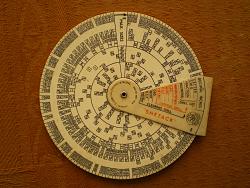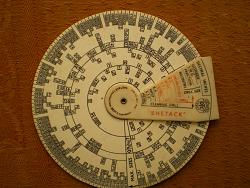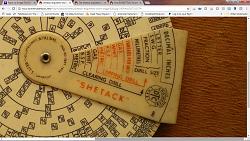I have used one of these for longer than I care to remember, this is a second edition from 1938 bought from a boot sale. I do not know if anything like this is sold these days but it should be as it is virtually a Zues book in your pocket and very handy when working out of the workshop. If you see one don't pass it up.
BTW I totally agree with Marv that everything should be identified by size and not some reference code.


 LinkBack URL
LinkBack URL About LinkBacks
About LinkBacks




 Reply With Quote
Reply With Quote





Bookmarks